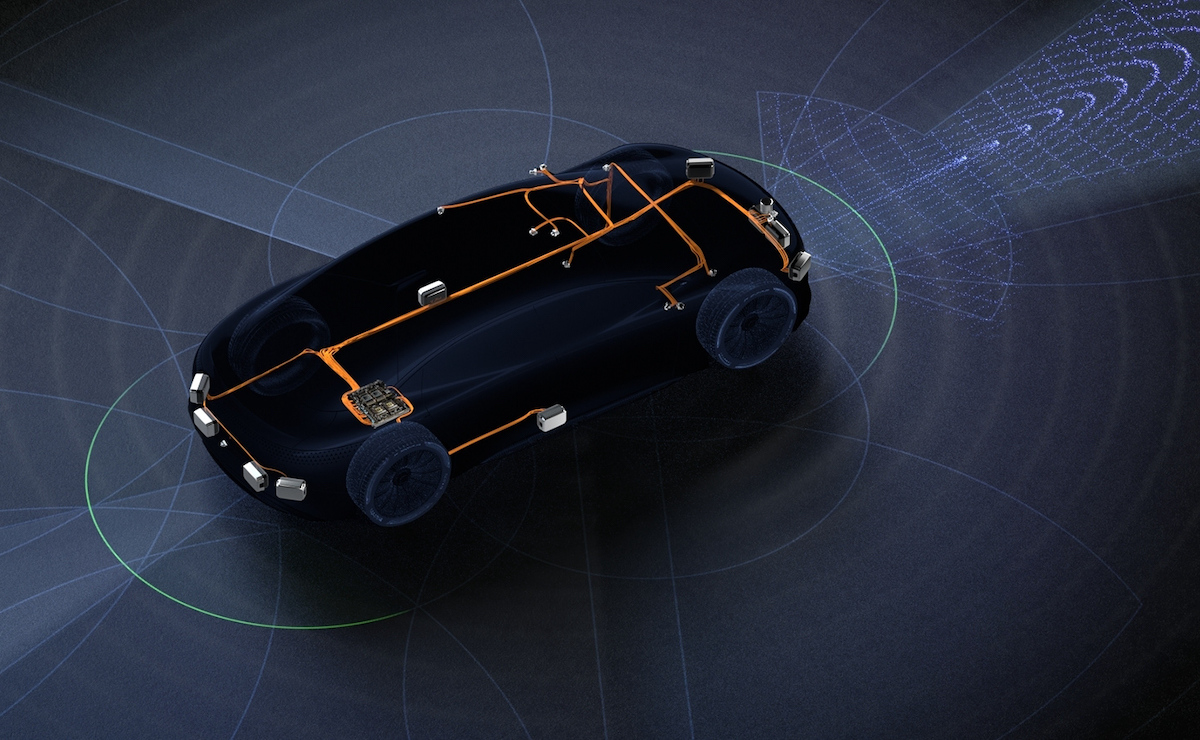In the past three years, even though the R&D schedule of the self-driving system was affected by COVID-19 and the testing timetable was delayed, the development of core technology was still “flourishing”. Main car manufacturers and technology industries in the world are competing with each other for the big cake with unlimited imagination! Among them, the brain of self-driving system, the processing unit, is the most essential. If failing to have a breakthrough progress on the computing power, the possibility of realization of L4 self-driving car commercialization by 2030 will be very low (the volume of data needed to be processed in L4 is 30 times of that in L2 models). However, it seems that the question has the answer now…

First of all, we shall know the two key components in the self-driving chip. The structure of central processing unit (CPU) is designed to calculate and solve single complex question, while graphics processing unit (GPU) which is emphasized by computer gamers is good at processing simple questions in huge amounts. Based on the requirements of self-driving system that need to process various environmental sensing data simultaneously, including the data from lidar, radar, and camera lens, it is obvious that GPU is suitable to play an essential role in the brain structure of self-driving vehicles. Having the basic recognition in mind, let’s find out which companies possess the strongest computing power of the self-driving system at the moment.

- Nvidia. It is a company established in 1993 by Huang Jen-Hsun ( Jensen ) who was born in Taiwan. In 1999, it launched the first GPU in the world. The PC you use is perhaps installed GPU from Nvidia. Nvidia is now entering the fields of AI industry and self-driving car system. Its self-driving chips of consecutive three generations, Xavier, Orin, and Atlan which was just launched this April, have become top chips that global famous car manufacturers (Mercedes-Benz, Audi, Volvo, Hyundai), Robotaxi (Cruise, DIDI, Pony), and technology companies (Hon Hai, AutoX) want to work with. Xavier’s computing power is 30 TOPS (TOPS: Tera operations per second), and it has been used on ADAS systems of the vehicles in mass production. Orin’s computing power is 250 TOPS, and it will be commercialized next year. As for Altan’s computing power, it is 1000 TOPS and ready for road use after 2025. In addition, Nvidia is the only company that can integrate the unified structure/ software development environment among desktop, cloud, and vehicle. It has great motivation in terms of time effectiveness for the car manufacturers they work with.
- Mobileye. It is a graphic processing company in Israel acquired by Intel. Its most powerful chip is EyeQ5 with an computing power of 25 TOPS and suitable for ADAS of L2. In terms of the competition on full self-driving top technology above L4, it is clearly there are some improvements required. The proposal provided to car manufacturers is a “black box” (non-open platform), and it is not the trend.
- Qualcomm. The pioneer of mobile phone chips launches Snapdragon Ride Platform with multi-chip combination for self-driving system with total computing power of 700 TOPS. Besides, Qualcomm has already been the leader of market share for smart cockpit platform. It will be relatively easy to promote a self-driving platform.
- Tesla. The computing power of FSD chip self-developed by Tesla is 70 TOPS. Tesla used to work with Mobileye and Nvidia respectively, but they are looking for independence on technology. Therefore, they start to launch self-developed chips from 2019.
- Huawei. The MDC810 Platform launched this April has computing power of 400 TOPS.